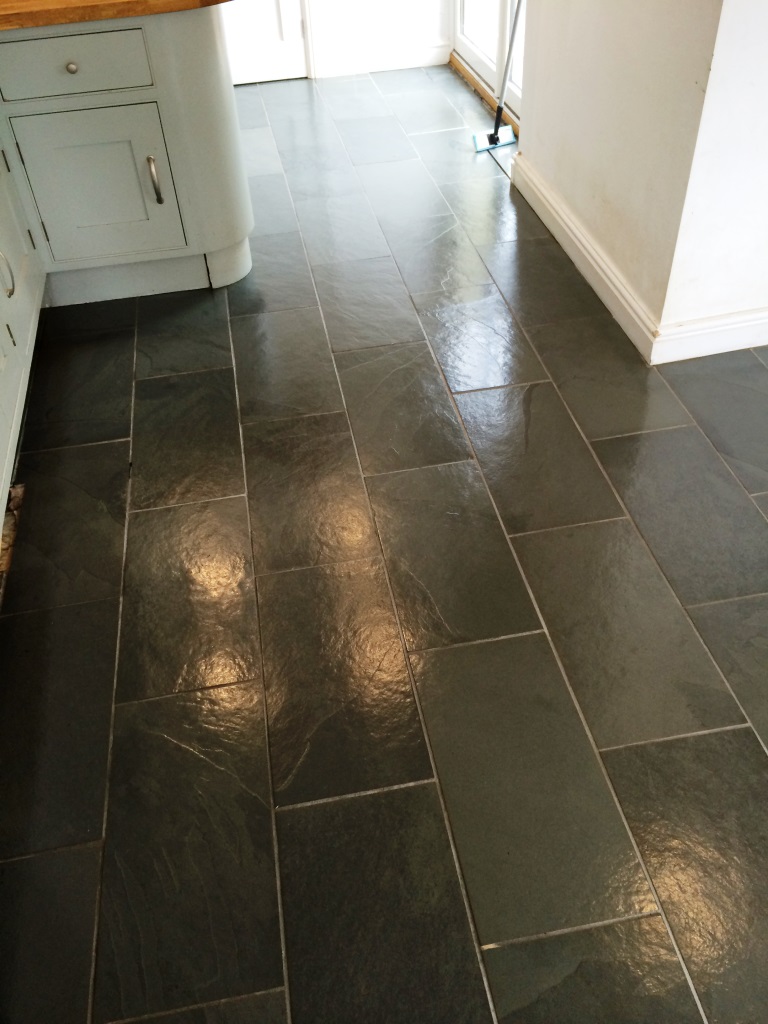Make your garage floor neat and skid-free by installing rolled rubber flooring. Rubber flooring is made of skid-resistant materials and is ideally installed in restaurants, gyms and playgrounds. Rolled rubber flooring is easy to install and maintain. All you need to clean a rolled rubber flooring is to hose it down with water. Below are the materials that you need along with the instructions for installing rolled rubber flooring.
What You'll Need
What You'll Need
- Rolls of Rubber Flooring
- Tape Measure
- Utility Knife or Straight Edge Blade
- Push Broom
- Vacuum cleaner
- Double-Sided Tape
- Chalk Line
- Rubber Mallet
- Wood Piece (long and flat)
Step 1-Clean Garage Floor
Make sure your garage floor is clean. You can sweep the dirt off the floor using a broom, or you can use a vacuum. Be sure to remove all sorts of harmful hardware like nails or screws from your garage floor. If you encounter cracks, fill them with concrete mix and smooth it to prevent bumps or air gaps in your rubber flooring.
Step 2-Rubber Flooring
Bring in the rubber flooring and place it on a flat surface to let it settle. Let the rubber flooring stay outside for a while prior to putting it in your garage. This will limit the expansion of the rubber flooring once the taping or trimming process is finished.
Step 3-Roll Rubber Flooring onto Your Garage Floor
You can start installing the rubber flooring by aligning its edge to the front area of your garage floor, where the door of your garage would normally be. Make sure that the first roll is at the center in order to allow the succeeding rolls of rubber flooring to overlap.
Step 4-Smooth Rubber Flooring
Smooth the rubber flooring in your garage with a push broom. Make sure to get rid of all air pockets by pressing the rubber the push broom starting from the center of the rubber flooring and moving towards its edges.
Step 5-Use Other Rolls Of Rubber Flooring
Take the other rolls of rubber flooring and overlap them six inches on both sides.
Step 6-Apply Waterproof Tape
Using double-sided waterproof tape, attach the rolls of rubber flooring together. Place the tape under the top rubber flooring so that it will connect with the rubber flooring under it. Avoid taping the rubber flooring directly onto your garage door, except for the section at the front edge of your garage.
Step 7-Mark Edges of Garage Floor
Mark the edges of your garage floor using a chalk line. Apply two-sided tape on the mark of the edges indicating where the rubber flooring starts. Press the edge of your new rubber flooring on the double-sided section on the edges of the floor to secure it.
Step 8-Cut Excess Rubber Flooring
Cut the edges of the rubber flooring found at the corner of the floor space, along posts and boards. If necessary, you can use a straight edge. Allot half an inch for expansion. Use a wet mop and a vacuum to clean the rubber flooring before allowing foot traffic.
Source: www.DoItYourself.com










